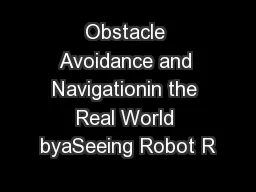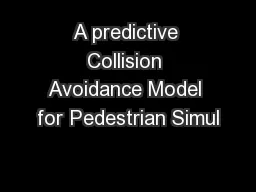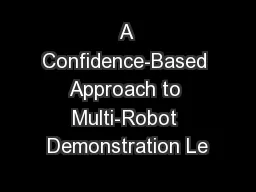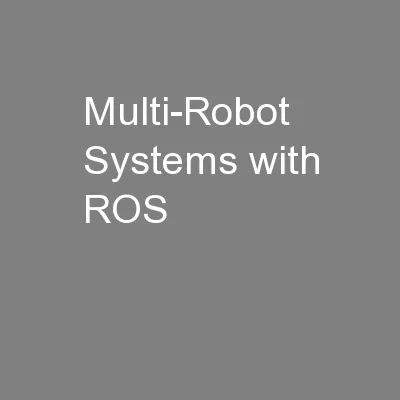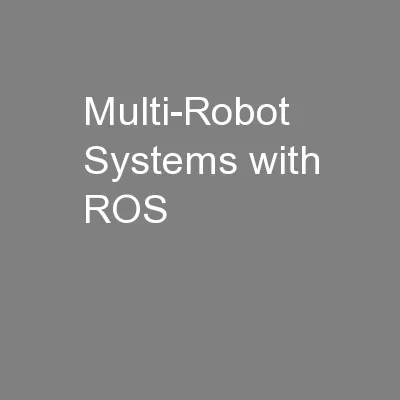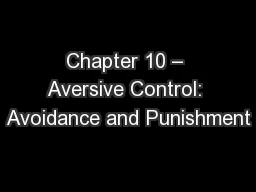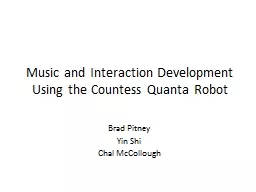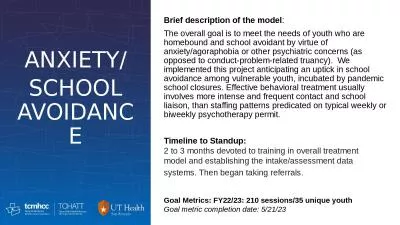PDF-\nObstacle Avoidance and Navigationin the Real World byaSeeing Robot R
Author : test | Published Date : 2016-07-02
nTheRoboticsInstituteCarnegicN4cllOnUniveisityObstacle Avoidance andNavigationin the Real Worldby a Seeing Robot RoverHans P MoravecABSTRACTSeptember 1980TheStanford
Presentation Embed Code
Download Presentation
Download Presentation The PPT/PDF document "\nObstacle Avoidance and Navigationin th..." is the property of its rightful owner. Permission is granted to download and print the materials on this website for personal, non-commercial use only, and to display it on your personal computer provided you do not modify the materials and that you retain all copyright notices contained in the materials. By downloading content from our website, you accept the terms of this agreement.
\nObstacle Avoidance and Navigationin the Real World byaSeeing Robot R: Transcript
Download Rules Of Document
"\nObstacle Avoidance and Navigationin the Real World byaSeeing Robot R"The content belongs to its owner. You may download and print it for personal use, without modification, and keep all copyright notices. By downloading, you agree to these terms.
Related Documents

